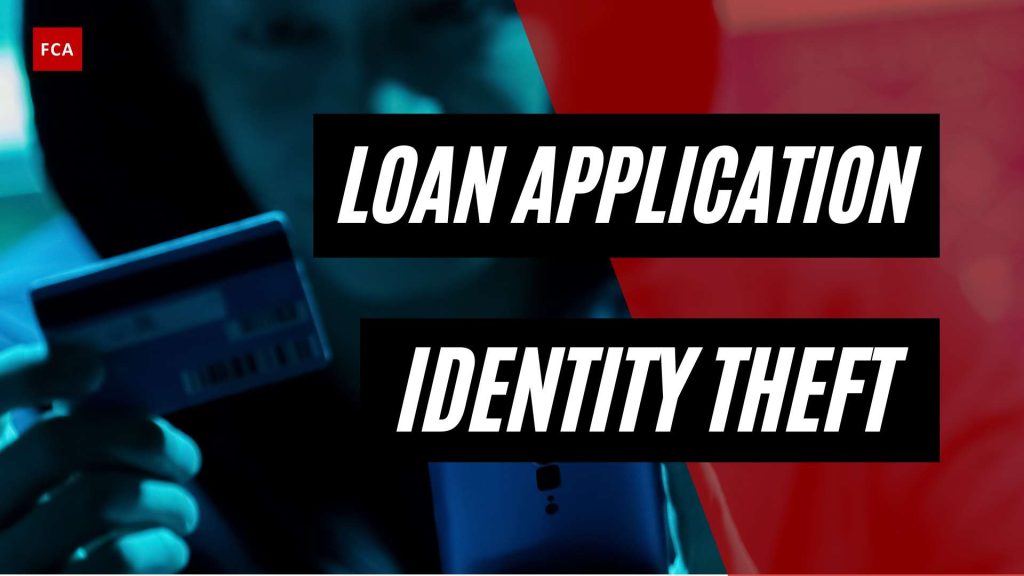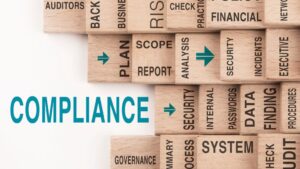In an era where personal information is increasingly digitized, identity theft has emerged as a significant threat, particularly in the financial sector. This type of fraud involves the unauthorized use of someone else’s personal information to carry out financial transactions, such as applying for loans. The impact of identity theft on individuals can be catastrophic, affecting their financial health and credit status for years. In this article, we explore the intricate dynamics of identity theft within the context of loan applications and offer insights on preventive measures to protect personal financial integrity.
Understanding Identity Theft
Identity theft entails the fraudulent acquisition and use of someone’s personal information for economic gain. This information, which includes names, national insurance numbers, and bank account details, can be used by thieves to open new lines of credit, apply for loans, or access the victim’s financial resources. The process can be distressingly simple for the perpetrator yet devastating for the victim.
The methods used by identity thieves are varied, incorporating both high-tech tactics like hacking and phishing and more traditional methods such as stealing mail or rummaging through trash for bank statements. The rise of online financial transactions and digital banking has only increased the prevalence of such attacks, making it easier for thieves to anonymously exploit personal data.
Identity Theft and Loan Applications
Fraudsters might use a stolen identity to apply for loans that are never repaid, leaving the victim with an unwelcome surprise of debt accumulation and a tarnished credit history. This situation is not only a nightmare for the victim but also a serious hazard for financial institutions, leading to monetary losses and potential damage to their reputation.
Detecting this type of fraud involves several layers of security, but the most crucial is vigilant monitoring of financial accounts and personal information. For individuals, this means regularly checking credit reports and account statements, and for institutions, investing in advanced fraud detection systems and conducting thorough background checks.
Moreover, awareness and education play a critical role in prevention. By understanding the signs of identity theft and taking proactive steps to protect personal information, individuals can significantly reduce the risk of becoming victims. This includes using strong, unique passwords for online accounts, securing personal documents, and being cautious about sharing personal information online.
Impacts of Identity Theft on Victims
Identity theft doesn’t just rob a person of their personal information; it invades their entire life, leading to long-term financial and emotional distress. For many victims, the realization that their identity has been misused, particularly when taking out loans they never applied for, can lead to a cascade of negative consequences. Financially, victims often face ruined credit scores, which can take years to rehabilitate. Damaged credit can hinder their ability to obtain loans, secure housing, or even gain employment.
Emotionally, the toll is just as heavy. Victims of identity theft frequently report feelings of violation and helplessness, along with ongoing anxiety about their financial security. The stress of dealing with legal proceedings, financial institutions, and credit agencies to reclaim one’s identity and rectify records can also lead to significant mental health challenges, such as depression and anxiety. This emotional and psychological strain, compounded by the often cumbersome recovery process, paints a clear picture of the profound impacts identity theft can have on an individual’s life.
Preventing Identity Theft in Loan Applications
Preventing identity theft, especially during the loan application process, requires both vigilance and a proactive approach. For individuals, safeguarding personal information is paramount. This includes secure handling and disposal of documents containing sensitive information, and being judicious about sharing personal details, especially online. When taking out loans or any financial product, it is crucial to verify the legitimacy of the lender and the security of the platform used for the application. For example websites like Creditspring, Experian and Nerdwallet offer transparency about their loan terms and conditions, which helps protect consumers from potential scams and fosters a safer borrowing environment for people applying for bad credit loans.
For financial institutions, implementing robust verification processes and encryption technologies can significantly reduce the risk of identity theft. These measures include multi factor authentication, secure communication channels, and continuous monitoring of suspicious activities that might indicate fraud. Educating customers about the risks of identity theft and how to protect themselves is also a vital step in preventing fraud, building a culture of security and awareness around financial transactions.
Detecting and Responding to Identity Theft
Detecting identity theft early is crucial for minimizing damage and swiftly addressing the misuse of stolen information. Individuals should monitor their financial statements regularly for any unauthorized transactions and check their credit reports for unexpected entries, which might indicate fraudulent activities such as opening new credit lines. Setting up alerts with credit bureaus can provide immediate notifications of changes in one’s credit status.
Once identity theft is detected, the response should be quick and coordinated. Victims should immediately alert their financial institutions, close compromised accounts, and report the theft to relevant authorities, including the police and credit bureaus. Obtaining a fraud alert or a credit freeze can further protect against further misuse of the stolen identity. For recovery, it might be necessary to work with legal or financial professionals to navigate the complexities of restoring one’s financial health and security.
Together, these efforts in detecting and responding to identity theft are essential in mitigating the harm it causes and preventing further exploitation of stolen identities. By staying informed and prepared, both individuals and institutions can better shield themselves from the threats posed by identity theft in our increasingly digital world.
Conclusion
Identity theft, especially when it leads to unauthorized activities, poses a significant threat to one’s financial and emotional well-being. The discovery of such fraud can shake one’s sense of security, impacting credit scores and causing lasting stress. For victims, recovery is not just about correcting financial records; it’s about regaining peace of mind.
Both individuals and financial institutions play critical roles in addressing this issue. People can protect themselves by closely monitoring their financial activities and being cautious with their personal information. Financial entities, on the other hand, need to bolster their defenses with up-to-date security measures and thorough customer education to prevent fraud.
As our financial lives become more digitised, the importance of robust cybersecurity measures becomes more critical. Combating identity theft effectively requires a united effort from all parties—vigilance from consumers, proactive strategies from institutions, and widespread awareness about data security. By working together, we can create a safer financial environment and protect our personal integrity against the ever-present threat of identity theft.





